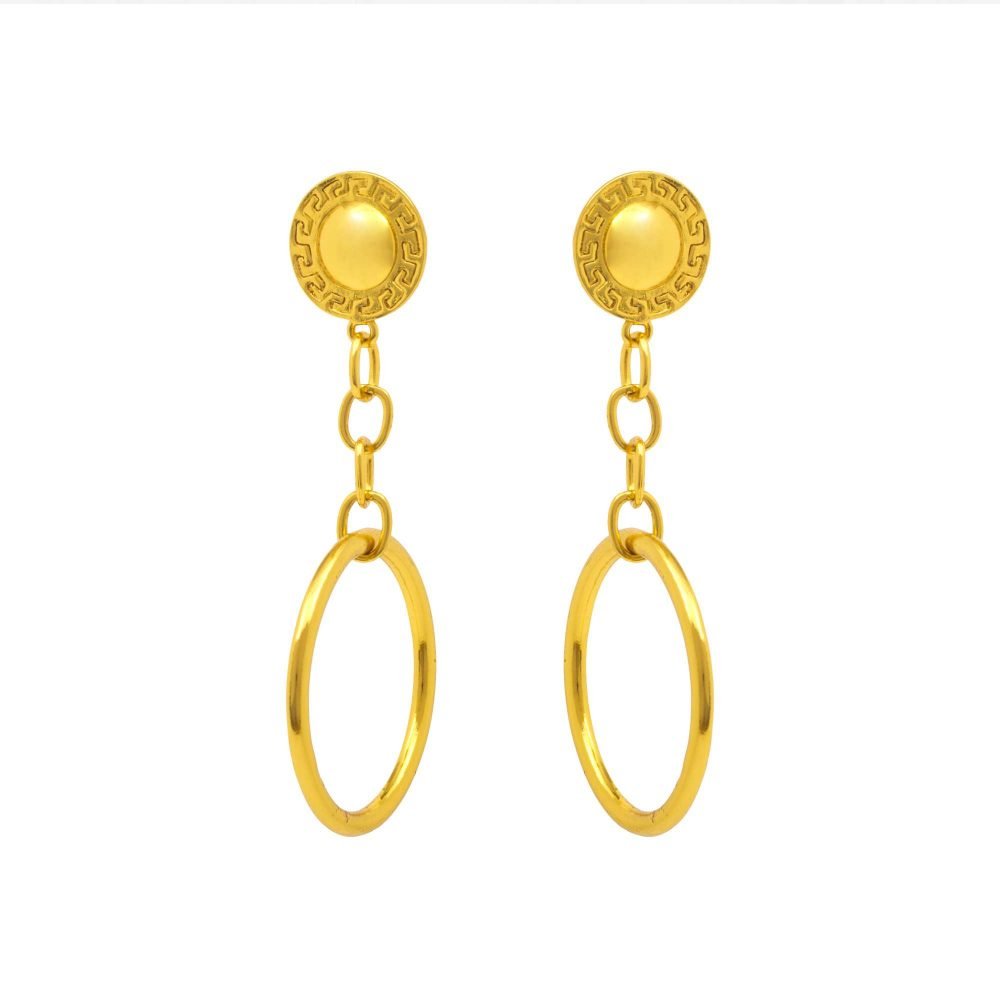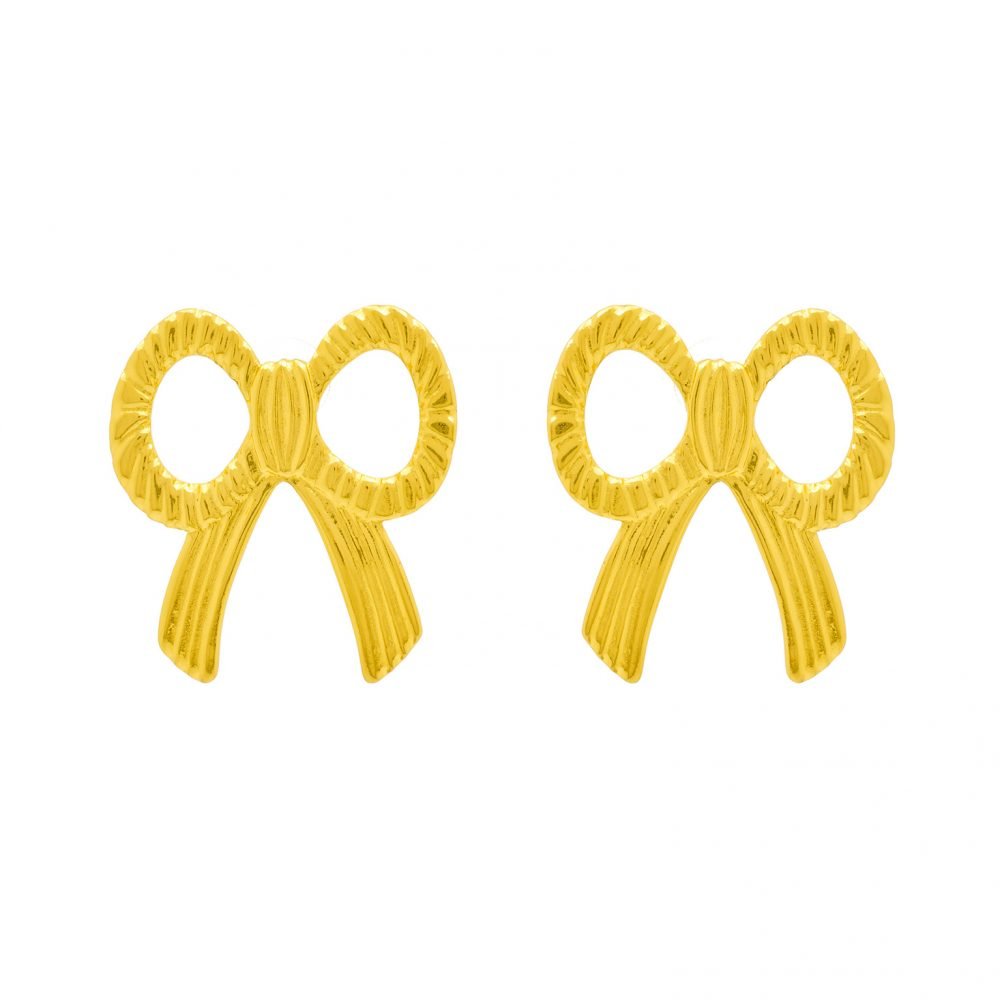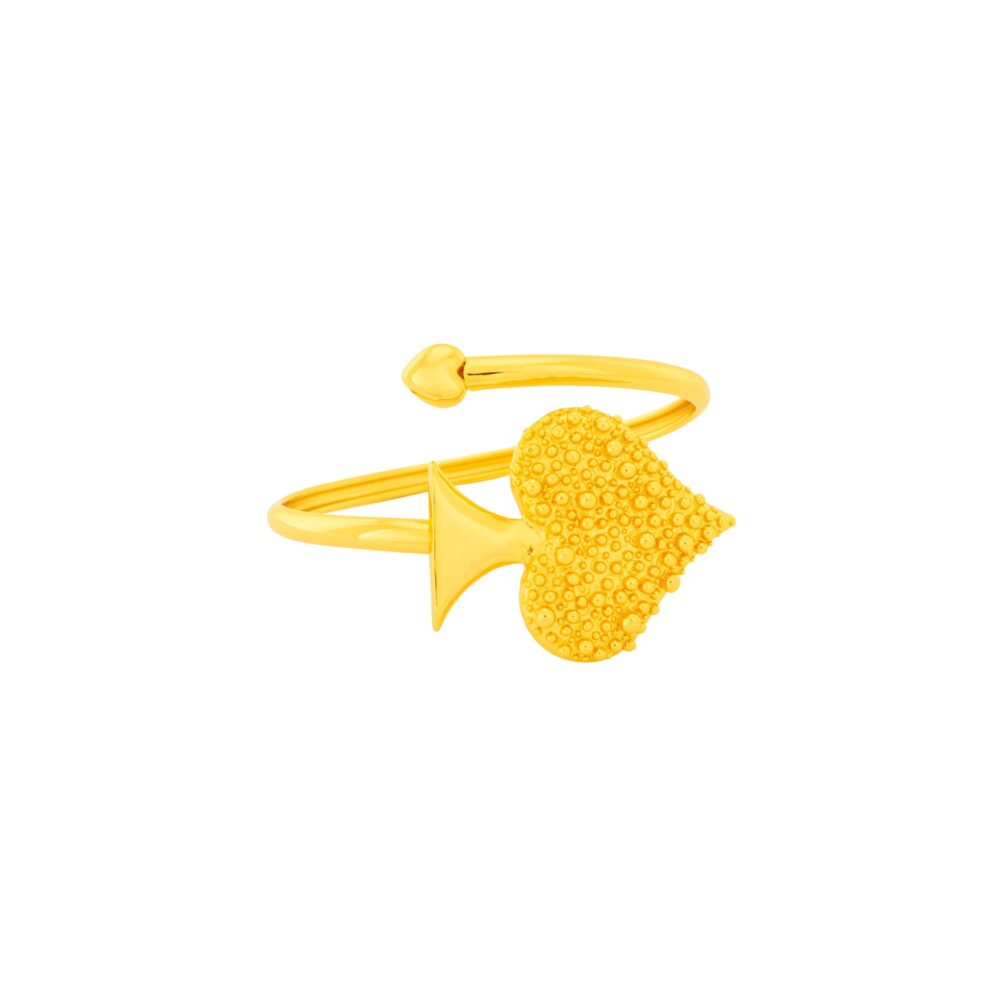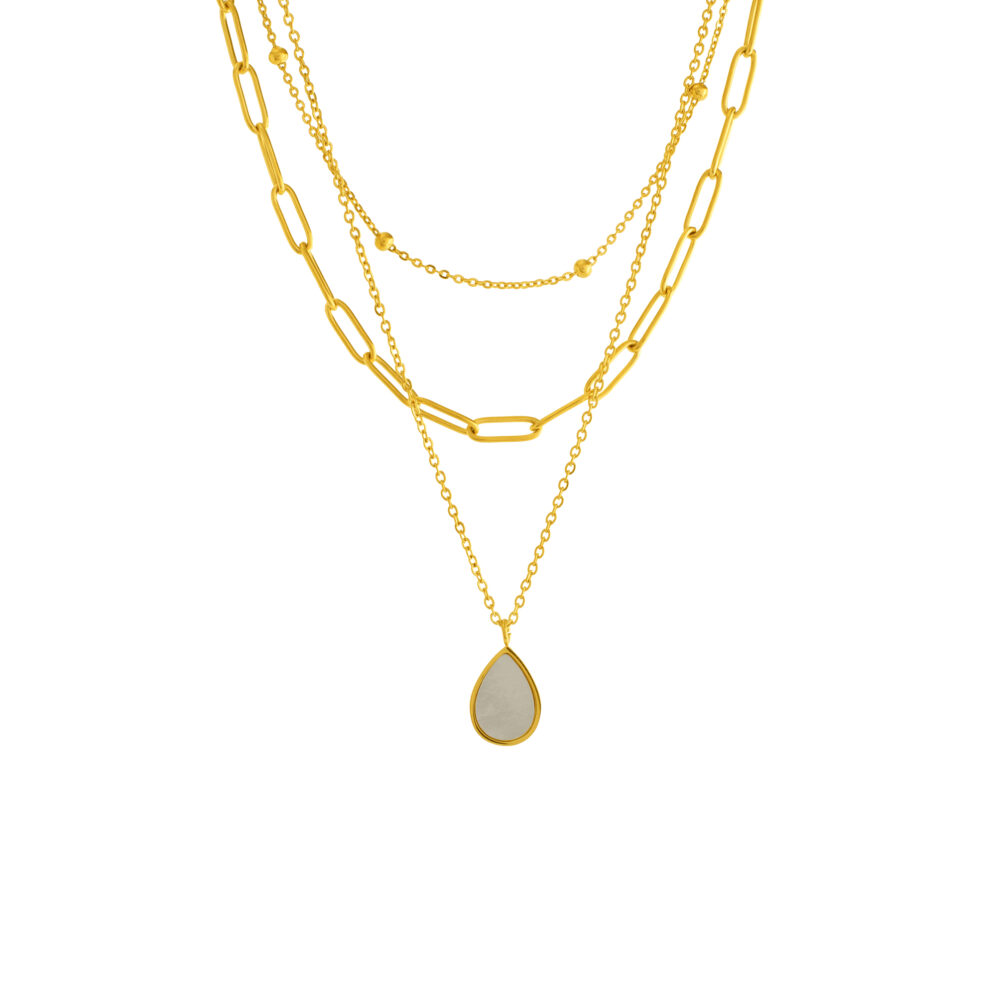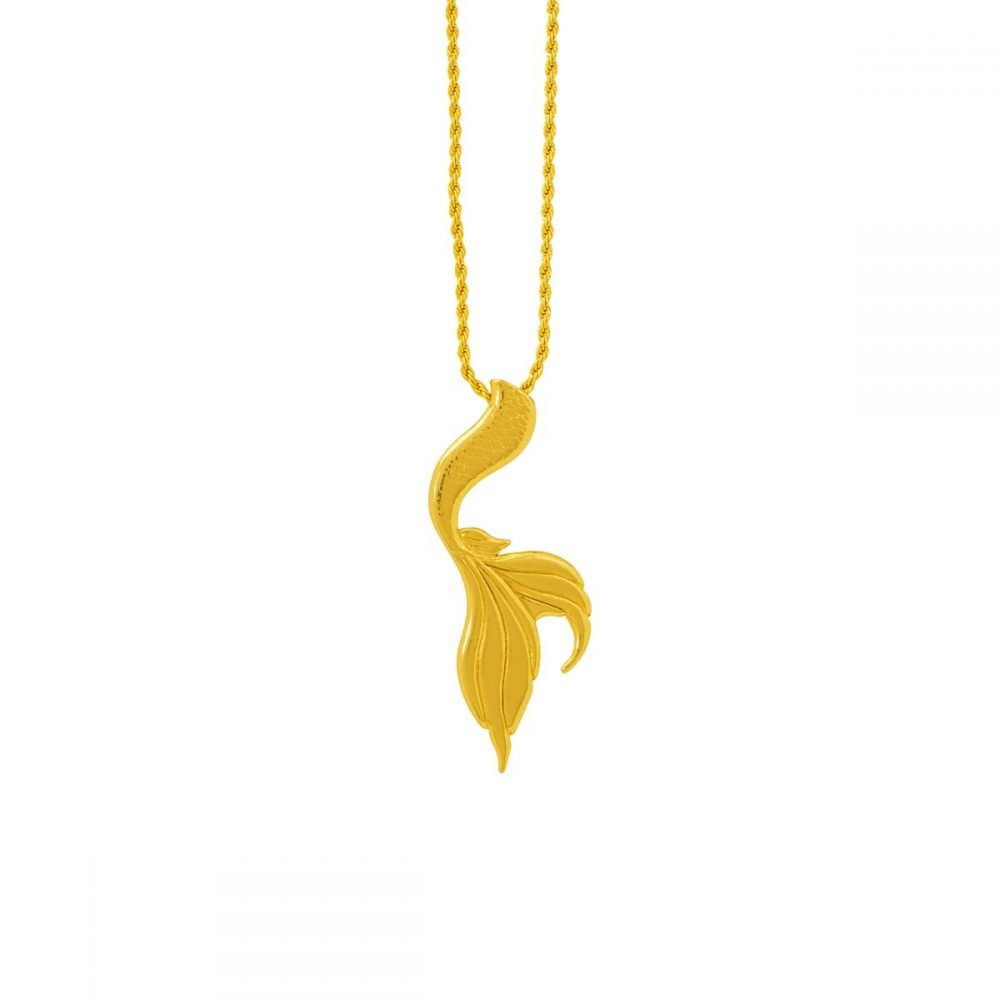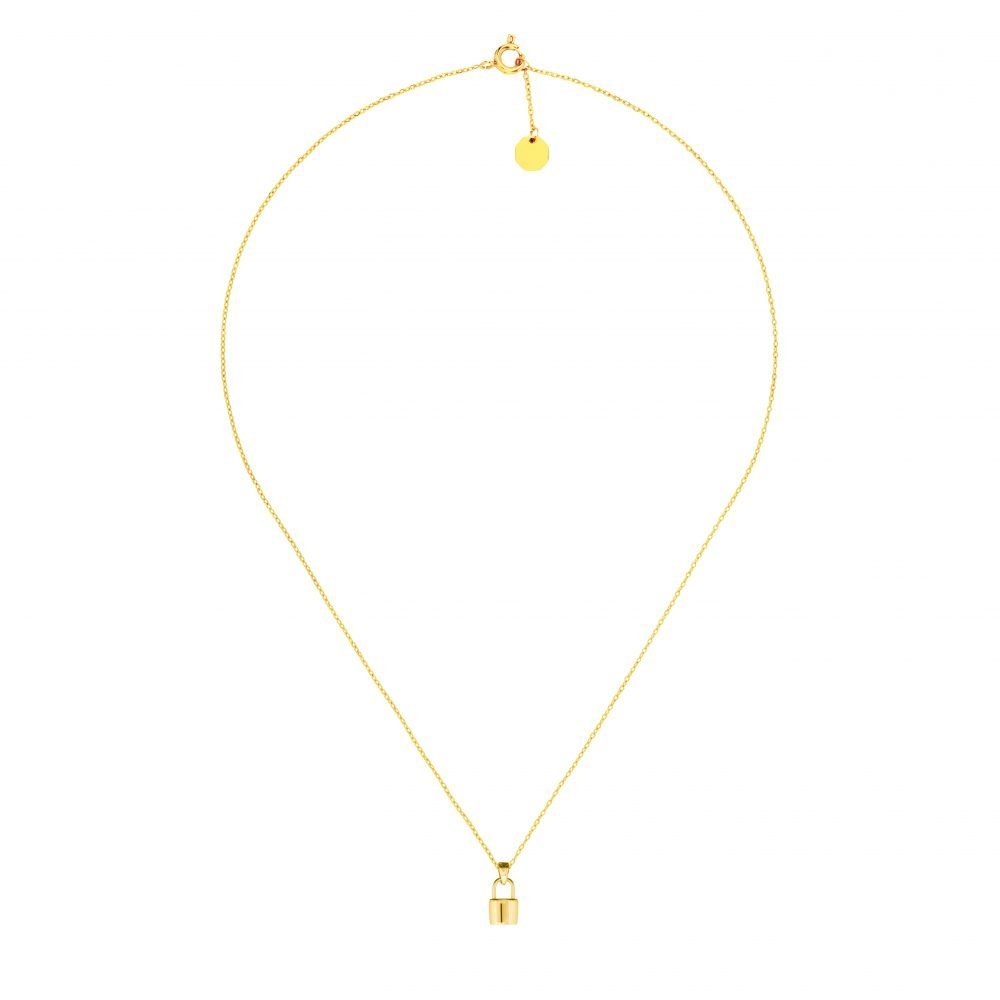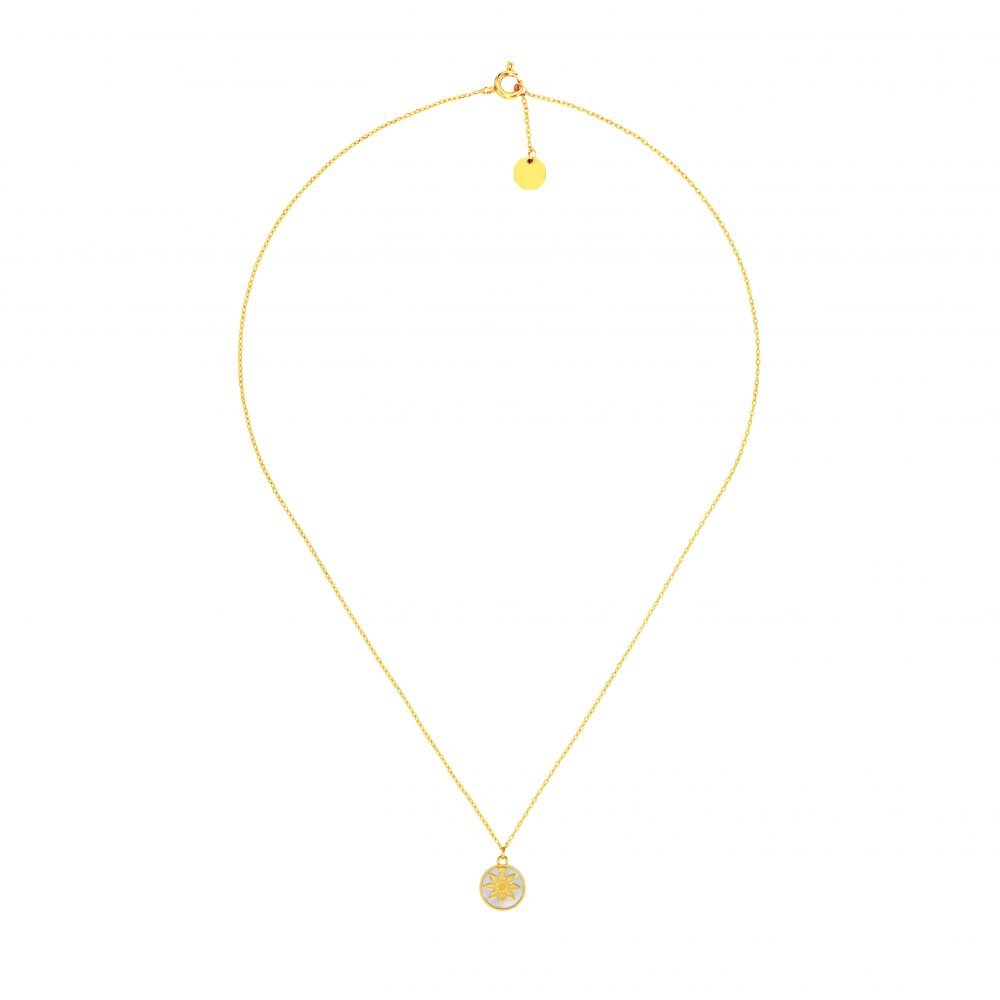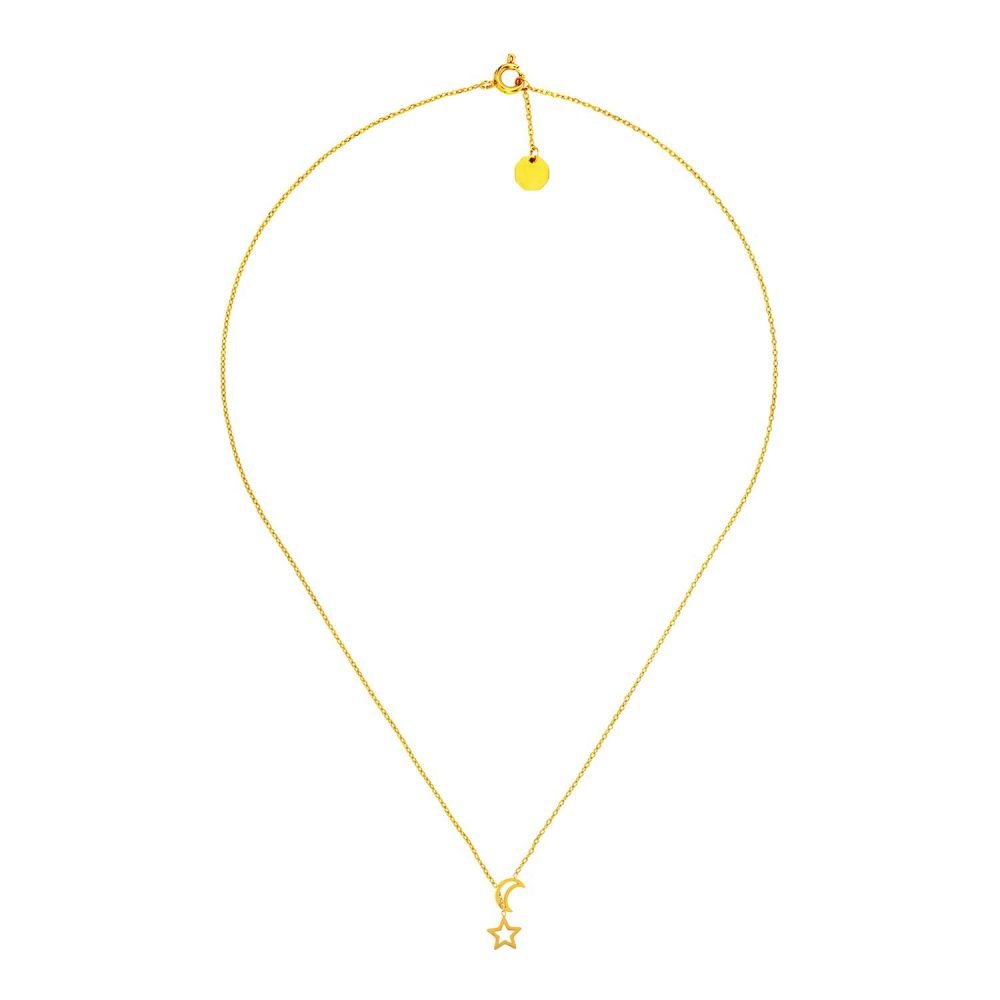Last In, First Out LIFO: The Inventory Cost Method Explained
Repealing LIFO treatment of inventory would generate relatively little revenue for its economic costs. And LIFO repeal would disproportionately burden companies within industries that maintain more inventories https://accounting-services.net/ and further disincentivize investment that could prevent supply chain breakdowns. Though preserving LIFO will not fix supply chain issues on its own, eliminating it would make the problem worse.
- For the sale of one snowmobile, the company will expense the cost of the newer snowmobile – $75,000.
- Your bottom line will look better to your banker and investors, but your tax liability will be higher due to higher profit from lower costs.
- A LIFO liquidation is when a company sells the most recently acquired inventory first.
- In terms of the flow of cost, the principle that LIFO follows is the opposite compared to FIFO.
Once March rolls around, it purchases 25 more flowering plants for $30 each and 125 more rose bushes for $20 each. It sells 50 exotic plants and 25 rose bushes during the first quarter of the year for a total of 75 items. FIFO is more common, however, because https://www.wave-accounting.net/ it’s an internationally-approved accounting methos and businesses generally want to sell oldest inventory first before bringing in new stock. Using LIFO can help prevent obsolescence by ensuring out-of-date items are sold or used before they become obsolete.
LIFO inventory values
If inventory costs had remained the same, the cost of goods sold and, subsequently, your net income would have also remained the same. Given that the cost of inventory is premised on the most recent purchases, these costs are highly likely to reflect the higher inflationary prices. Also, through matching lower cost inventory with revenue, the FIFO method can minimize a business’ tax liability when prices are declining. For example, consider a company with a beginning inventory of two snowmobiles at a unit cost of $50,000. For the sale of one snowmobile, the company will expense the cost of the newer snowmobile – $75,000.
- As an example, Revere Copper and Brass Incorporated reported the following in its 2018 annual report.
- As a result, the company would record lower profits or net income for the period.
- Choosing among weighted average cost, FIFO, or LIFO can have a significant impact on a business’ balance sheet and income statement.
- In some instances, assumed cost flows may correspond with the actual physical flow of goods.
- Immediately after the sale, it buys a new unit of inventory (to keep inventory levels constant, as many companies do).
When a company selects its inventory method, there are downstream repercussions that impact its net income, balance sheet, and ways it needs to track inventory. Here is a high-level summary of the pros and cons of each inventory method. All pros and cons listed below assume the company is operating in an inflationary period of rising prices.
Finish Your Free Account Setup
By using this method, you’ll assume the most recently produced or purchased items were sold first, resulting in higher costs and lower profits, all while reducing your tax liability. LIFO is often used by gas and oil companies, retailers and car dealerships. The cost of inventory can have a significant impact on your profitability, which is why it’s important to understand how much you spend on it. With an inventory accounting method, such as last-in, first-out (LIFO), you can do just that.
The LIFO method requires advanced accounting software and is more difficult to track. You’ll spend less time on inventory accounting, and your financial statements will be easier to produce and understand. Inflation is the overall increase in prices over time, and this discussion assumes that inventory items purchased first are less expensive than more recent purchases. Since the economy has some level of inflation in most years, prices increase from one year to the next. FIFO and LIFO produce a different cost per unit sold, and the difference impacts both the balance sheet (inventory account) and the income statement (cost of goods sold). If the company made a sale of 50 units of calculators, under the LIFO method, the most recent calculator costs would be matched with the revenue generated from the sale.
First In, First Out (FIFO) Cost
To be fair, marginally improving the tax treatment of inventories would not suddenly make the U.S. economy invulnerable to major global supply shocks. If the company was able to fully expense inventories, it would deduct $33 for the unit of inventory acquired in December. However, because it is using LIFO, it deducts the last-in unit of inventory when it recorded the sale, the $32 unit of inventory acquired in November. Under FIFO, the company would have to deduct its oldest unit of inventory—the one acquired for $30 in January. Ultimately, the deduction under LIFO comes closest to matching the cost of acquiring a replacement unit of inventory.
What is LIFO?
Businesses would use the FIFO method because it better reflects current market prices. This is achieved by valuing the outstanding inventory at the cost of the most recent purchases. The FIFO method can help ensure that the inventory is not overstated or understated.
First in, first out (FIFO) and last in, first out (LIFO) are two standard methods of valuing a business’s inventory. Your chosen system can profoundly affect your taxes, income, logistics and profitability. With that said, if inventory costs have increased, the COGS for the current period are higher under LIFO. Since the inventory purchased first was recognized, the company’s net income (and earnings per share, or “EPS”) will each be higher in the current period – all else being equal. FIFO and LIFO are two methods of accounting for inventory purchases, or more specifically, for estimating the value of inventory sold in a given period. The FIFO and specific identification methods result in a more precise matching of historical cost with revenue.
LIFO vs. FIFO: Inventory Valuation
Under LIFO, a business records its newest products and inventory as the first items sold. The opposite method is FIFO, where the oldest inventory is recorded as the first sold. While the business may not be literally selling the newest or oldest inventory, it uses https://online-accounting.net/ this assumption for cost accounting purposes. If the cost of buying inventory were the same every year, it would make no difference whether a business used the LIFO or the FIFO methods. But costs do change because, for many products, the price rises every year.
However, prices tend to rise over the long term, meaning that FIFO may not minimize taxes for a company. In a rising-price environment over the long term, the older inventory items would be the cheapest, while the newer, recently purchased inventory items would be more expensive. One potential downside to LIFO is that it can lead to higher inventory costs as old items must be replaced frequently. Additionally, businesses may not be able to take advantage of bulk discounts since only a few items are purchased at a time.


